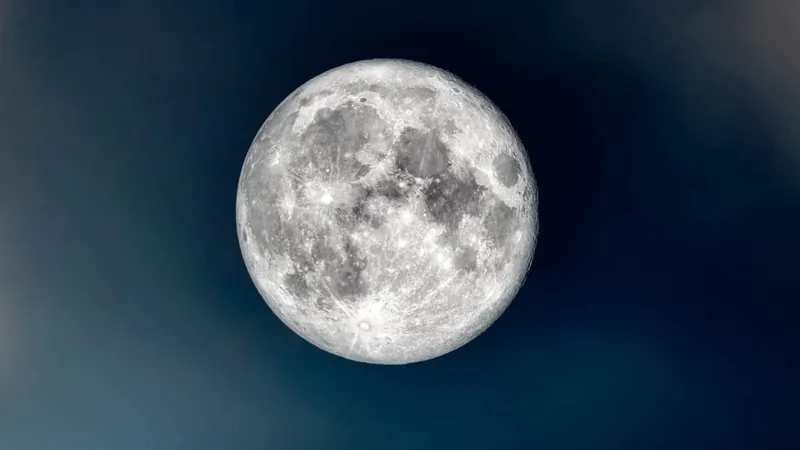
Shocking Lunar Discovery: Volcanic Activity on the Moon's Far Side Lasted Over a Billion Years!
2024-11-19
Author: Benjamin
A groundbreaking study led by Professor Xu Yigang from the Guangzhou Institute of Geochemistry, part of the Chinese Academy of Sciences, has unveiled startling truths about the Moon. The research focuses on lunar soil samples collected from the enigmatic South Pole-Aitken (SPA) Basin, located on the Moon's far side, during China's Chang'e-6 mission.
The investigation has opened a fascinating window into the Moon's geological history. Through meticulous analysis of the collected samples, scientists uncovered significant differences in the Moon’s composition, revealing two distinct types of mare basalts: low-Titanium (low-Ti) and very low-Titanium (VLT). This finding is essential to understanding the Moon's global dichotomy.
"This research capitalizes on the exceptional samples returned by Chang'e-6, offering an unprecedented opportunity to explore the Moon's geological split," Professor Xu explained. The Chang'e-6 mission, part of China's ambitious lunar exploration program, was launched on May 3, marking yet another milestone in the quest to understand our celestial neighbor.
After successfully landing on the vast South Pole-Aitken Basin, the mission team deployed instruments including a scoop and a drill, reaching depths of up to two meters into the lunar soil. Additionally, a small rover was employed to roam the area, capturing stunning images of the lunar landscape and the lander's activities.
The findings made by the team are nothing short of revolutionary. Using advanced Pb-Pb dating techniques, researchers pinpointed that the low-Ti basalt dates back approximately 2.83 billion years, confirming the existence of prolonged volcanic activity—or "young" magmatism—on the Moon's far side.
Interestingly, scientists suggest that these volcanic activities may have persisted for at least 1.4 billion years, flourishing between 4.2 billion and 2.8 billion years ago. This evidence of extended volcanic eruptions reshapes our understanding of the Moon's geological evolution and raises questions about its potential for past life.
Notably, planetary volcano expert Christopher Hamilton lauded the significance of this discovery, emphasizing the importance of the uncharted lunar materials collected during the mission.
As we continue to scratch the surface of lunar research, these insights not only challenge existing theories but also intrigue space enthusiasts and scientists alike, reminding us that the Moon still has many secrets waiting to be uncovered. Could there be more volcanic activity lurking beneath the surface, or even signs of past life? The quest for answers on our Moon is far from over!


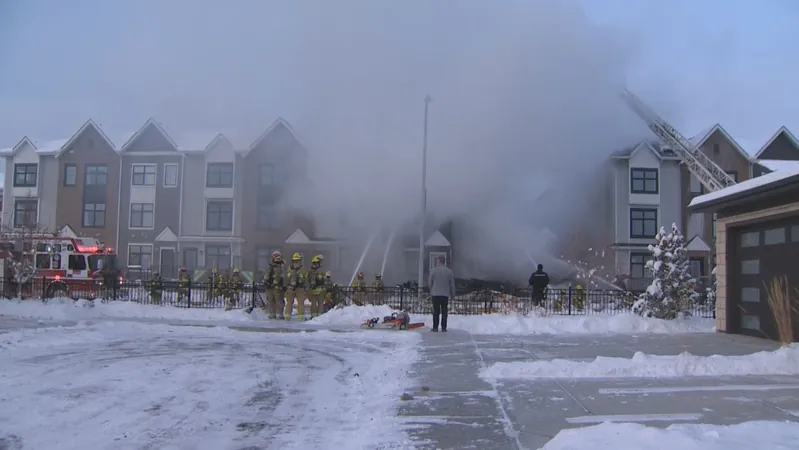

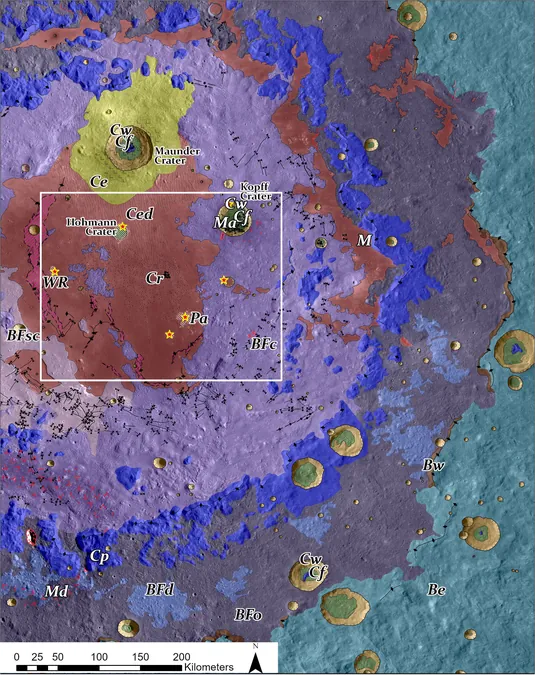
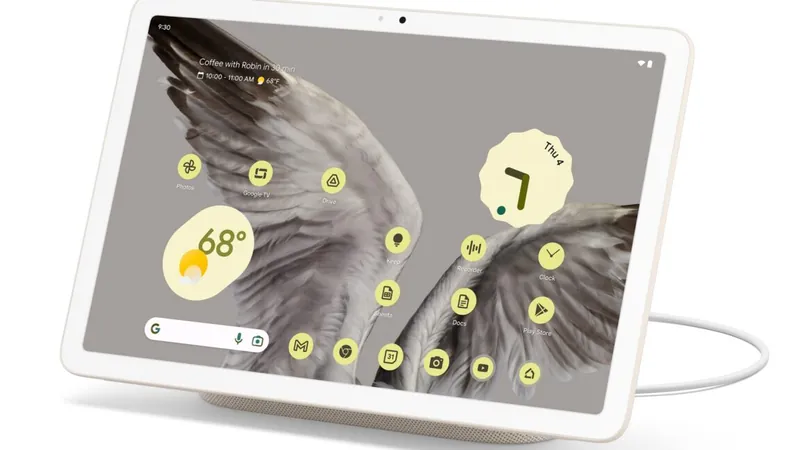

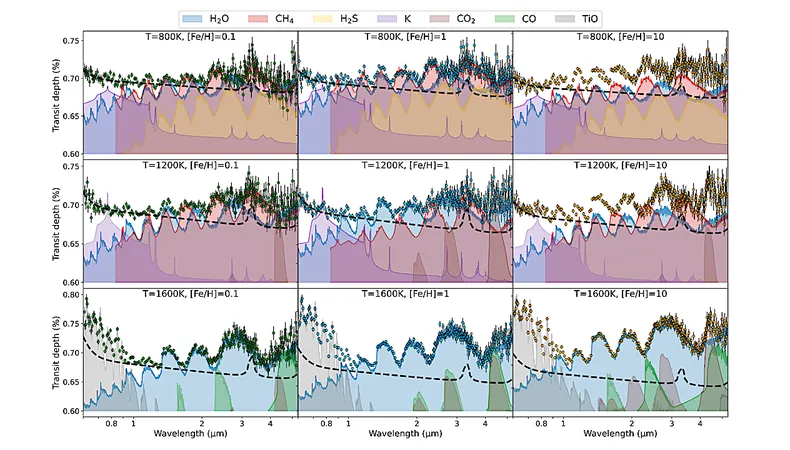

 Brasil (PT)
Brasil (PT)
 Canada (EN)
Canada (EN)
 Chile (ES)
Chile (ES)
 España (ES)
España (ES)
 France (FR)
France (FR)
 Hong Kong (EN)
Hong Kong (EN)
 Italia (IT)
Italia (IT)
 日本 (JA)
日本 (JA)
 Magyarország (HU)
Magyarország (HU)
 Norge (NO)
Norge (NO)
 Polska (PL)
Polska (PL)
 Schweiz (DE)
Schweiz (DE)
 Singapore (EN)
Singapore (EN)
 Sverige (SV)
Sverige (SV)
 Suomi (FI)
Suomi (FI)
 Türkiye (TR)
Türkiye (TR)